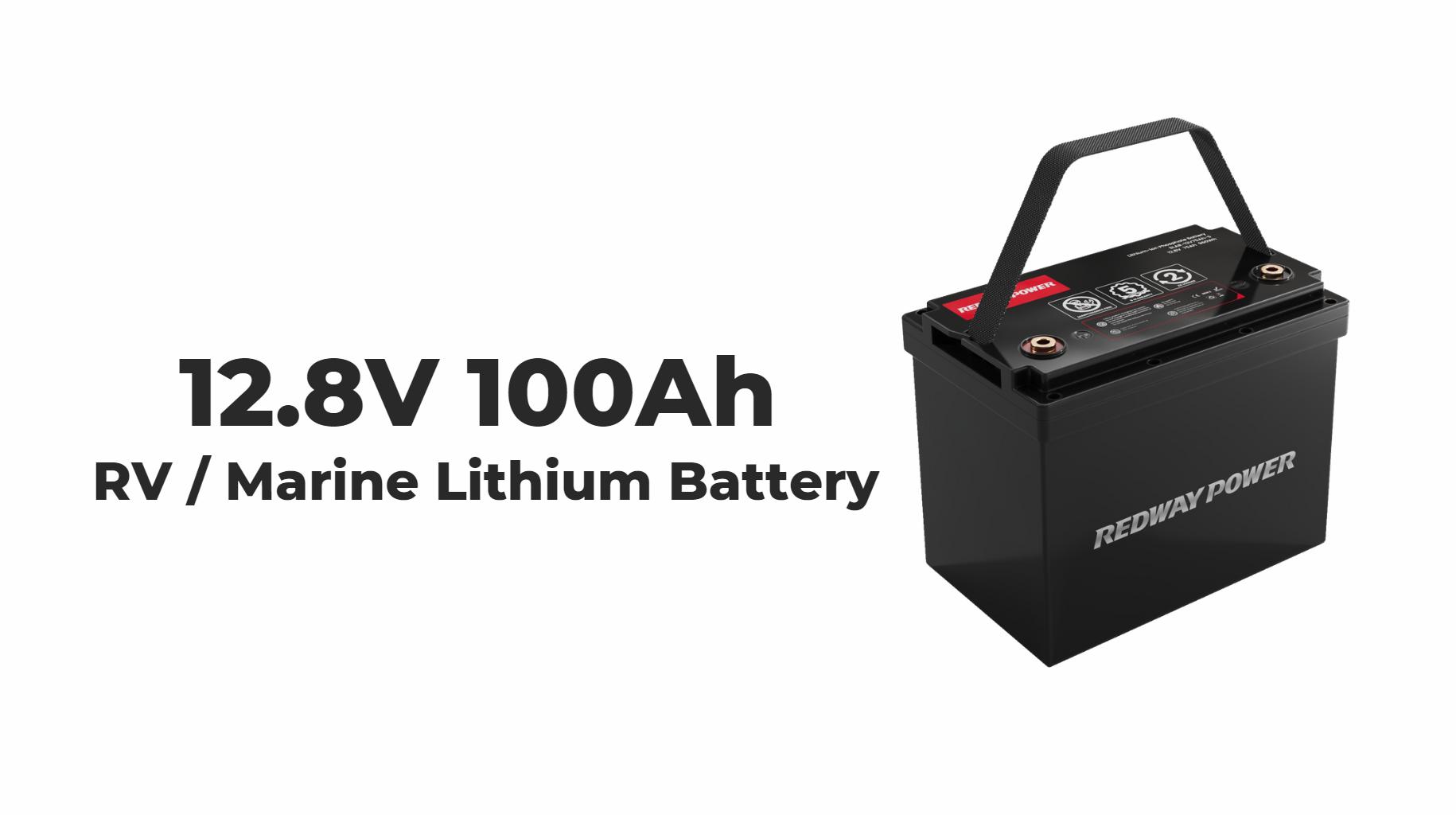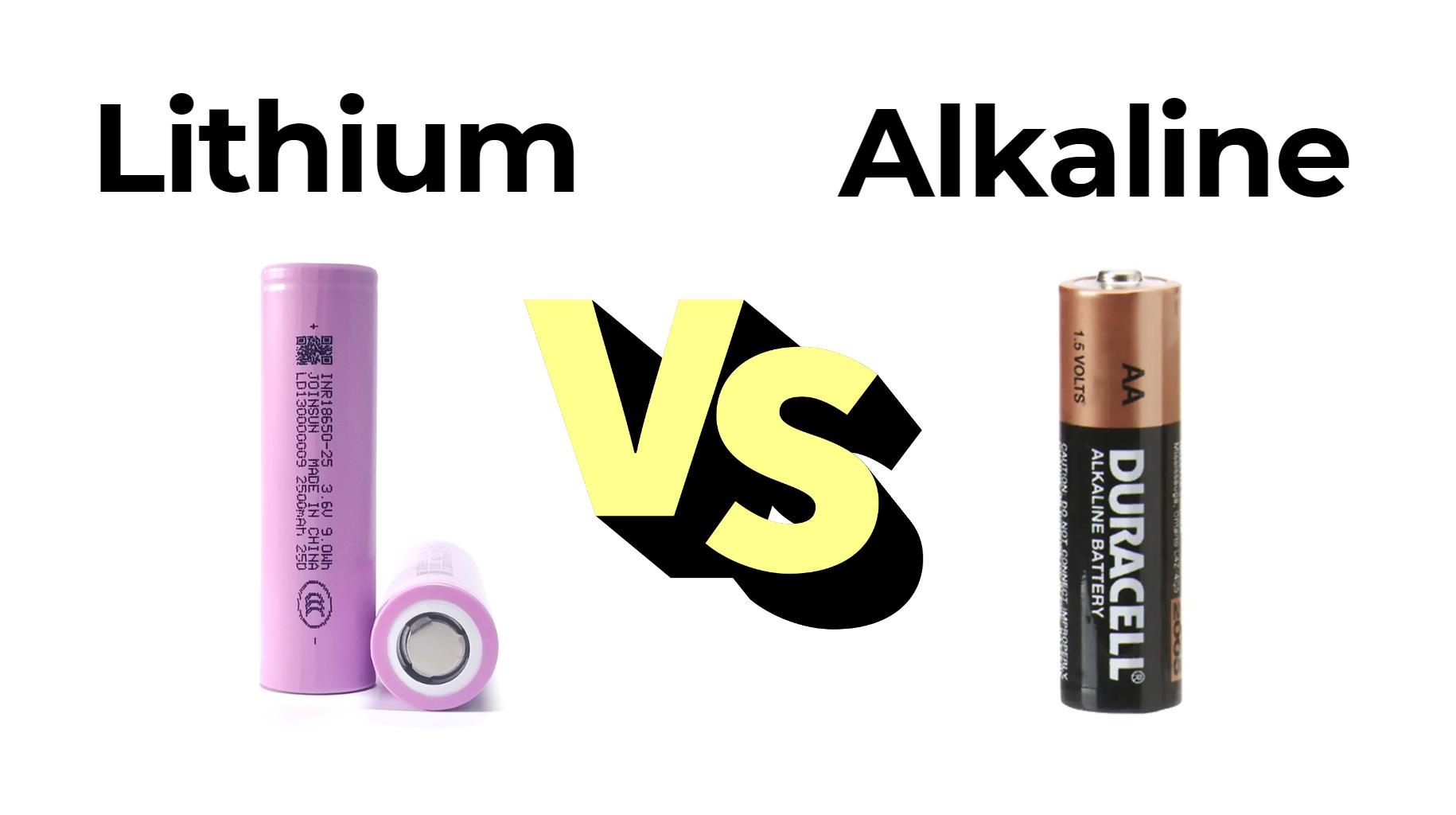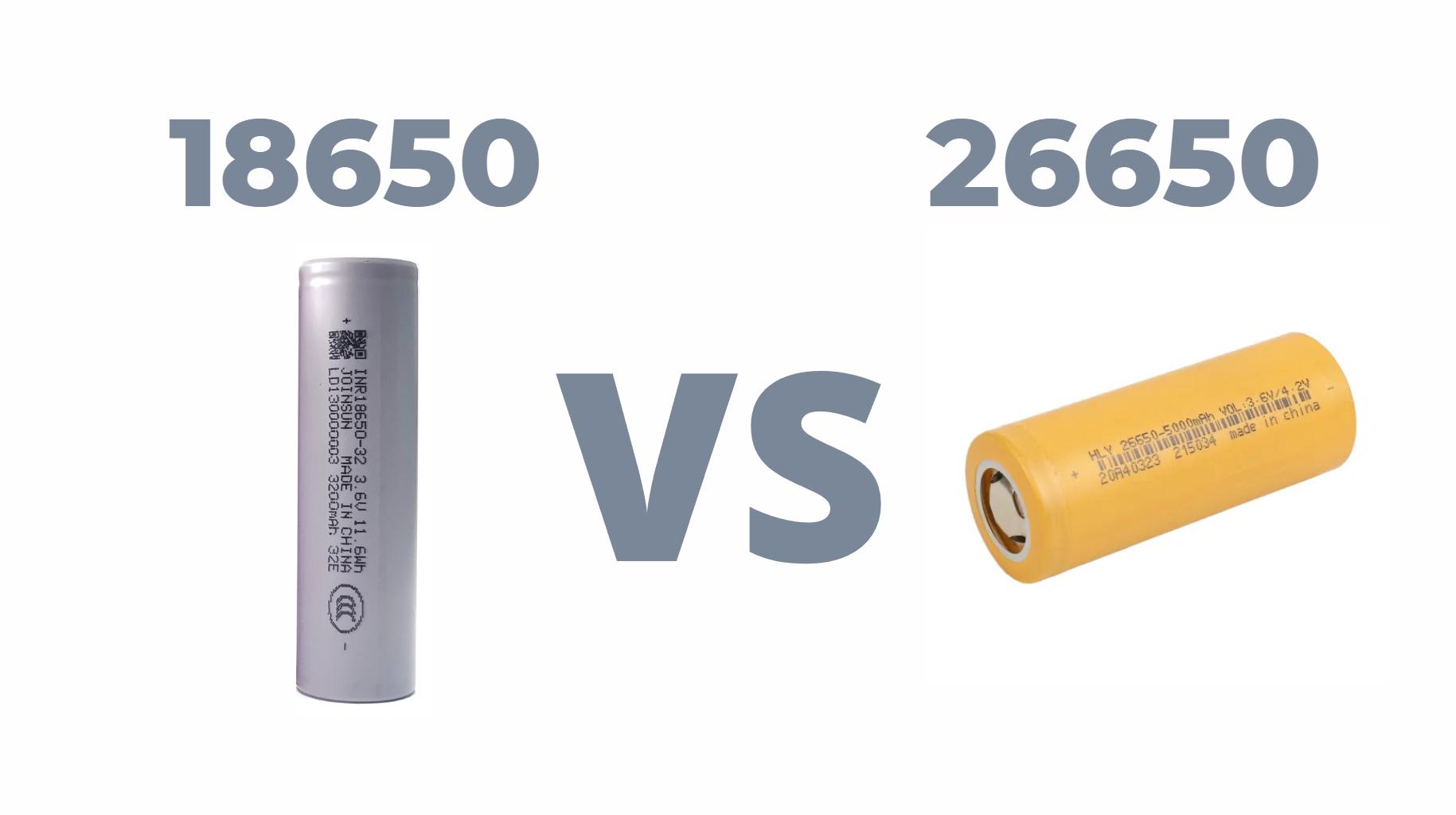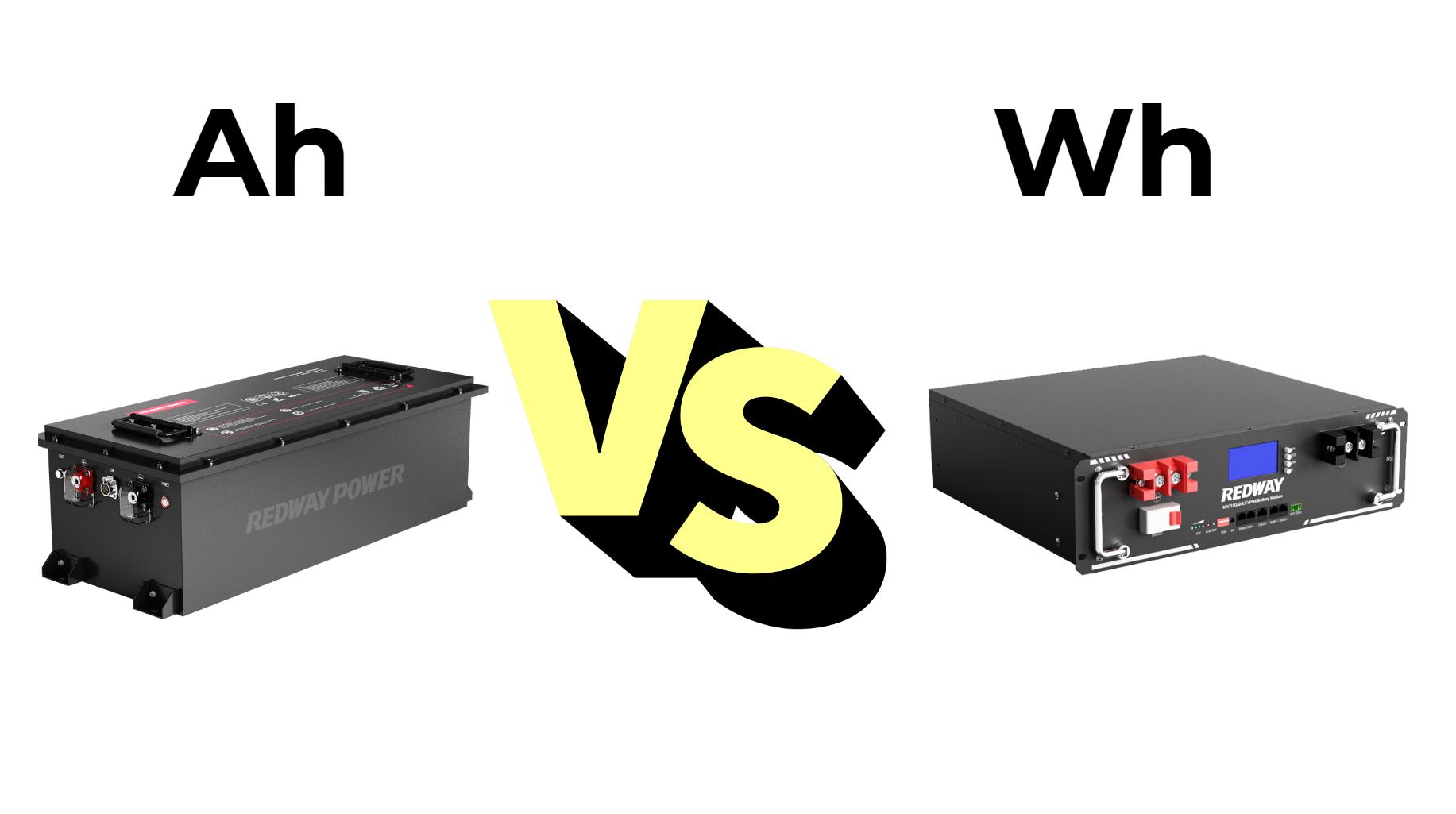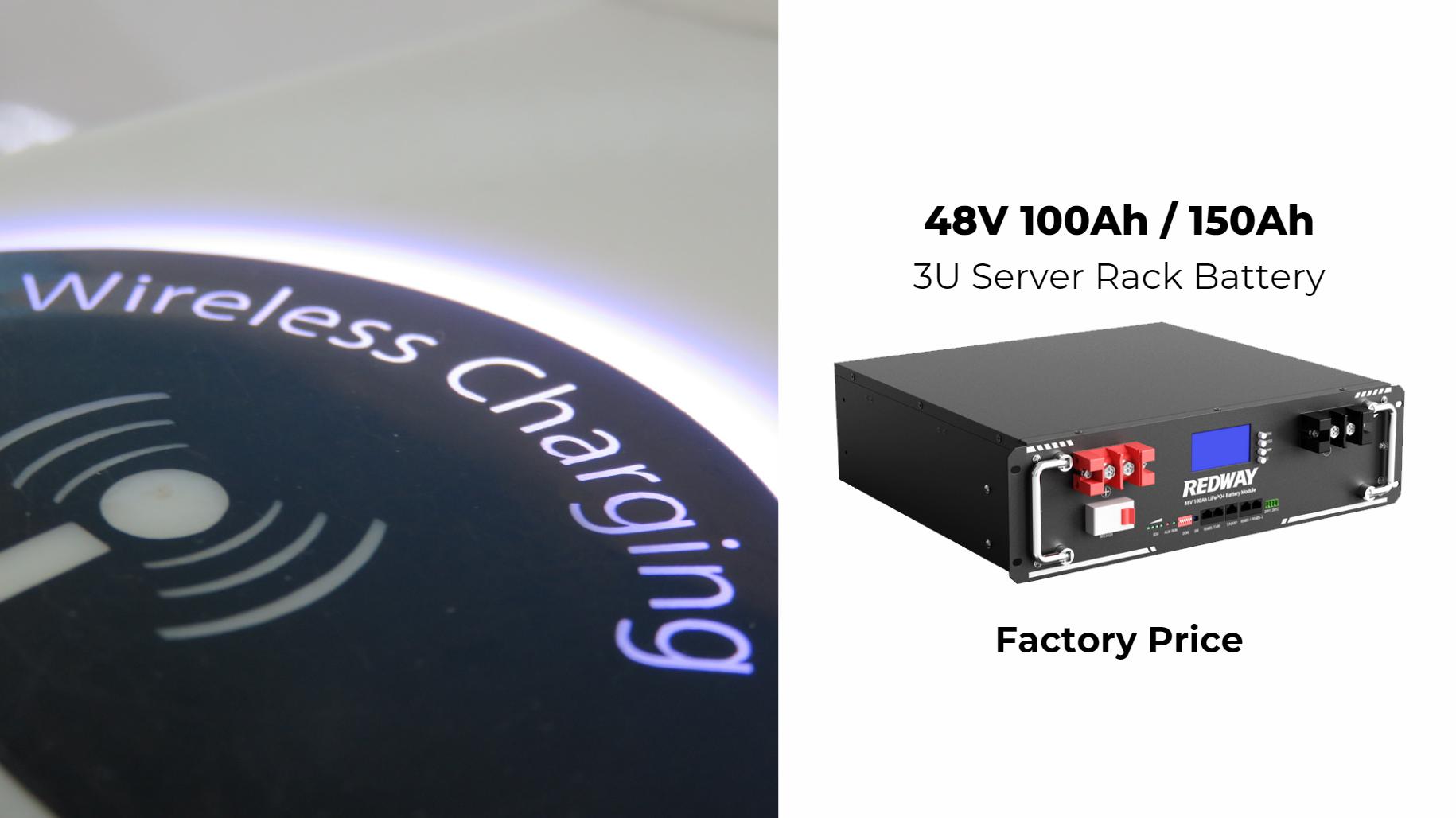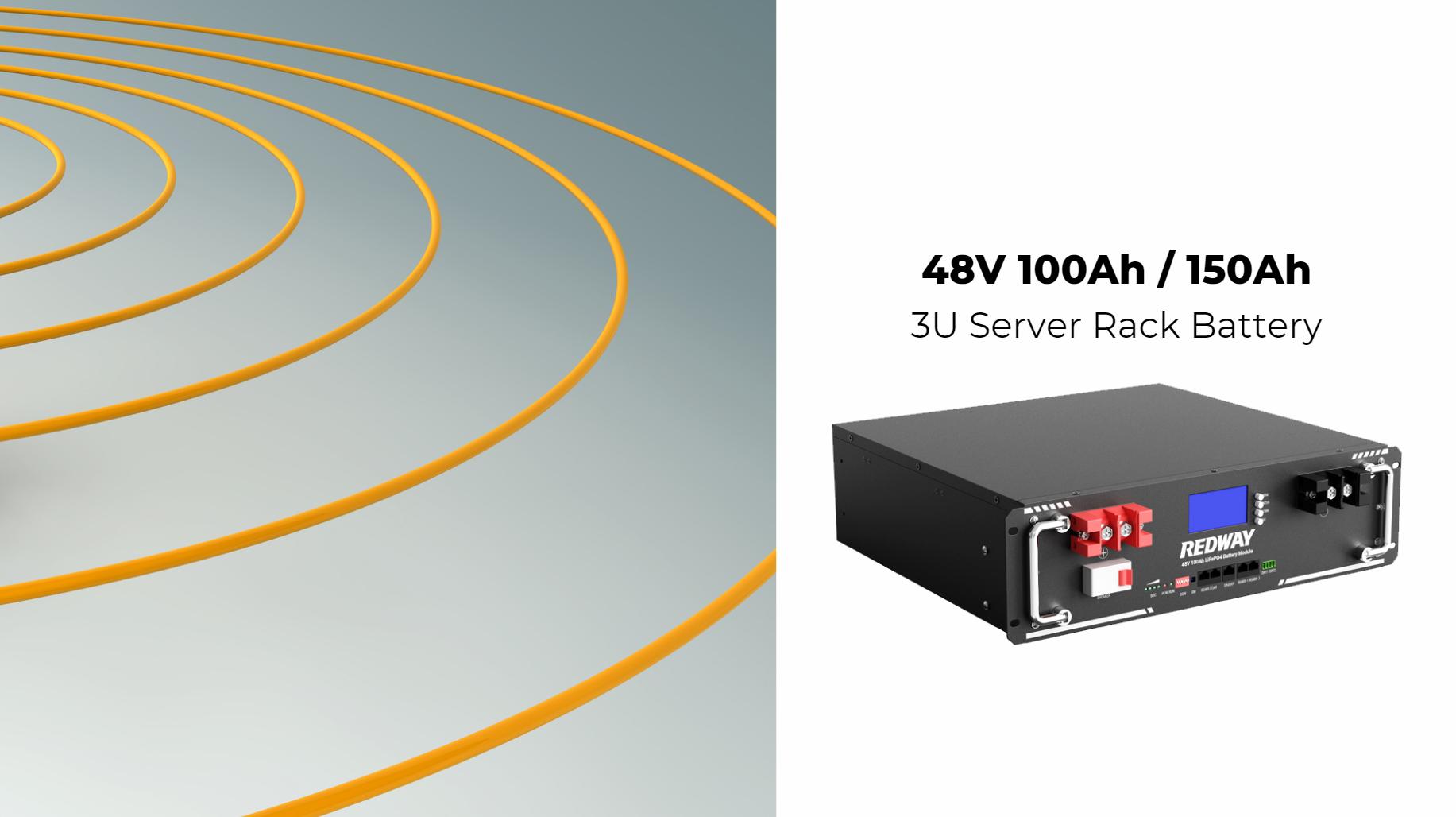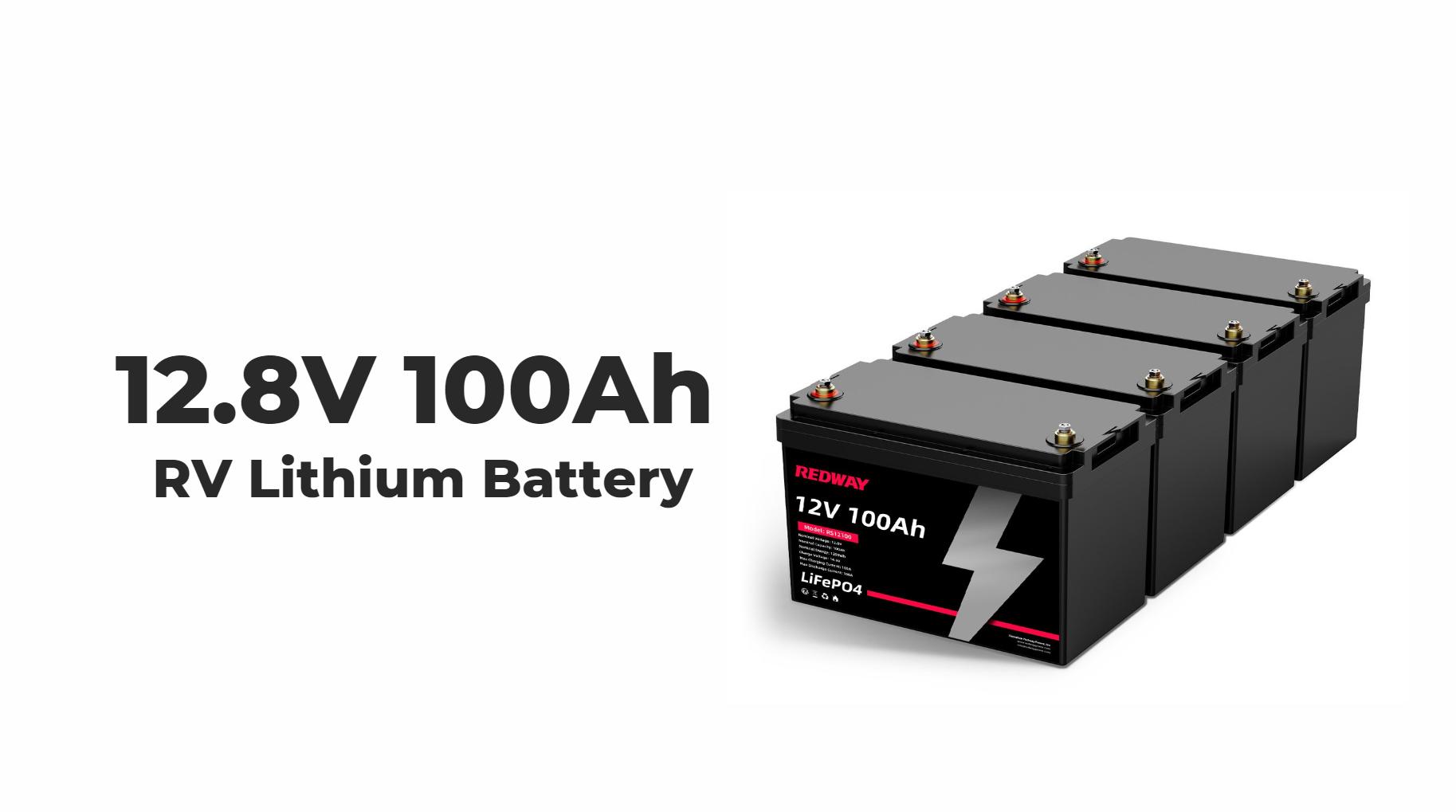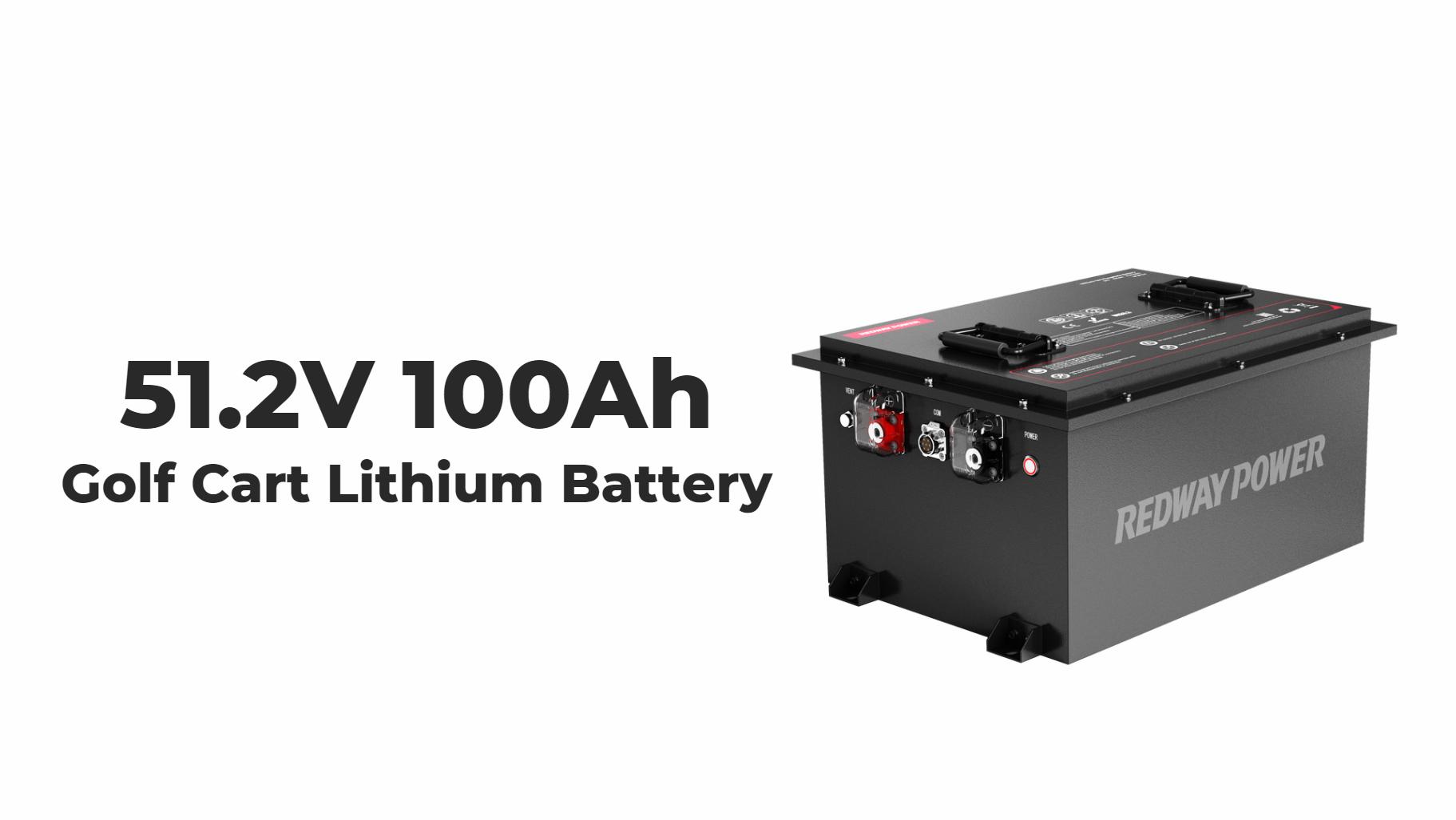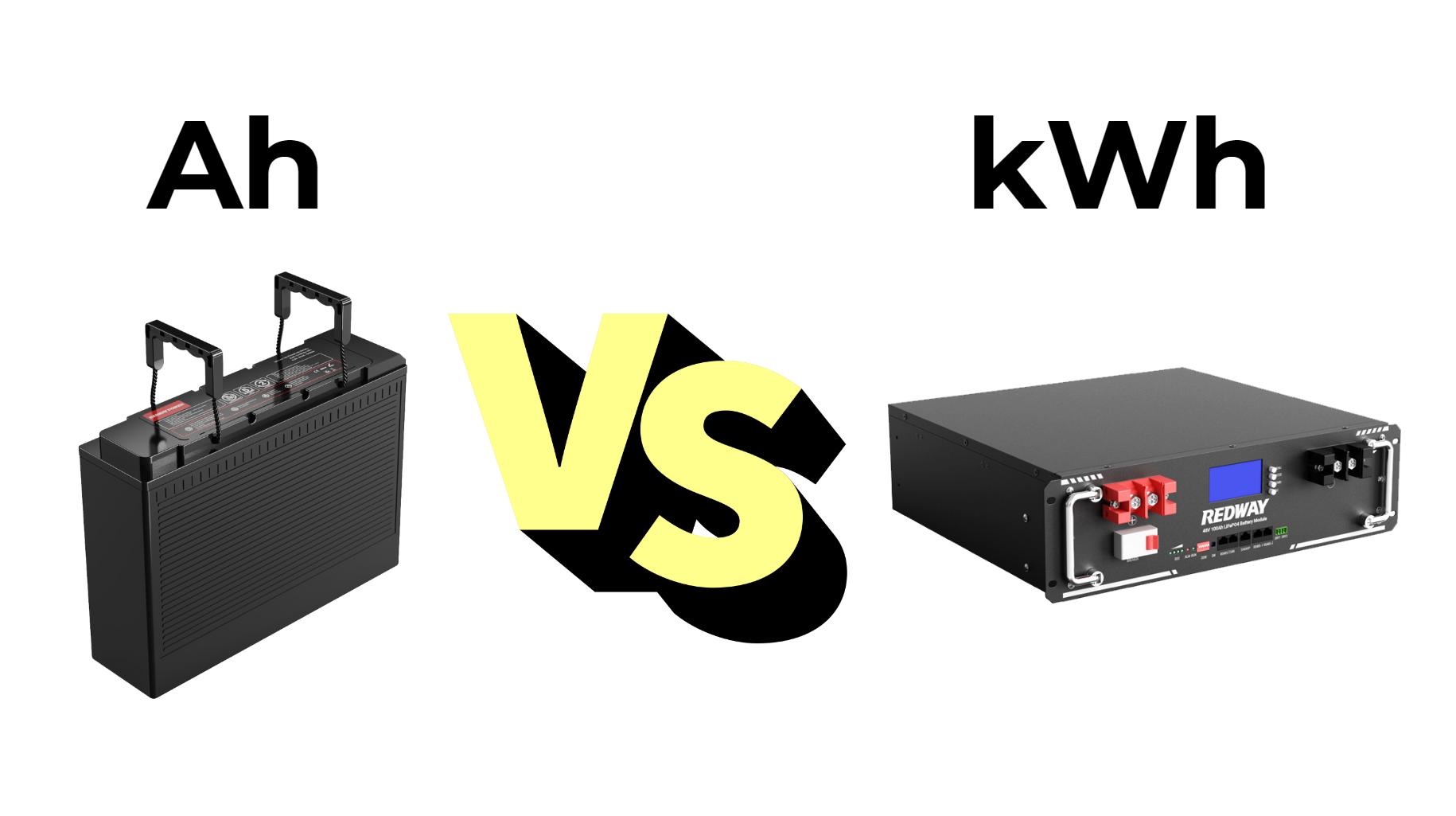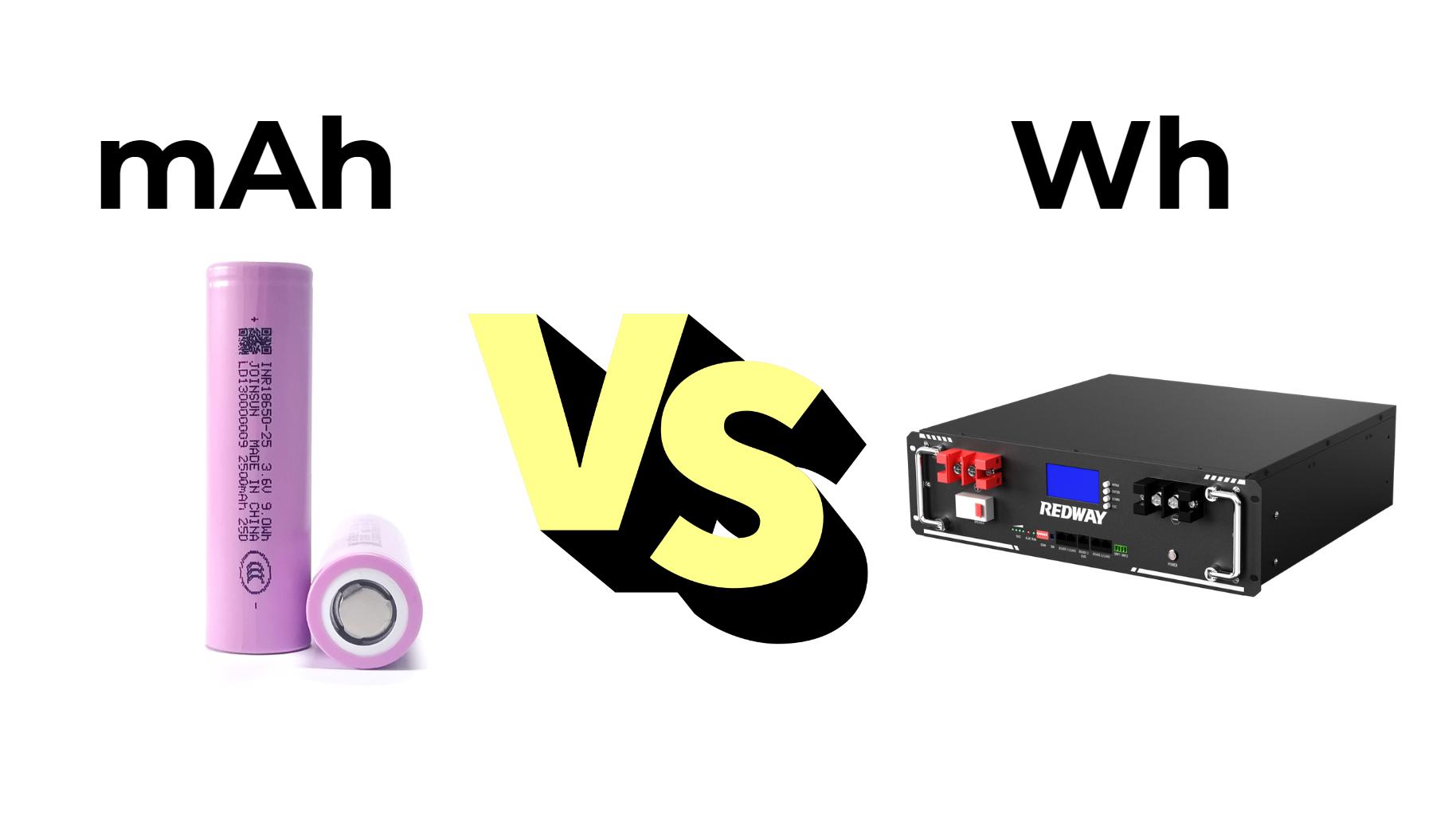Amp Hours (Ah) measure a battery’s capacity, while Watts (W) represent instantaneous power. To convert Ah to Watt-Hours (Wh), multiply Ah by the battery’s voltage (V): Wh = Ah × V. Watts detail power usage at a given moment, so divide Wh by hours of use to estimate Watts.
What Is the Difference Between Amp Hours, Watt-Hours, and Watts?
Amp Hours (Ah) describe how much electric charge a battery can store—how many amps it can deliver over hours. Watt-Hours (Wh) reflect the energy capacity, combining Ah with voltage (V) to show total energy the battery can supply over time. Watts (W) measure the rate of power consumption or generation at a single instant.
Detailed Explanation:
Understanding these units is critical for evaluating batteries and energy systems. Amp Hours focus on charge quantity, but without voltage, this says little about actual energy. Watt-Hours multiply Ah by voltage, converting charge into energy terms, useful for system design and runtime estimation. Watts reveal how much power is used or produced now, fundamental for device requirements and battery load management.
How Do You Calculate Watt-Hours (Wh) From Amp-Hours (Ah)?
To convert Ah into Wh, multiply the battery’s Amp-Hour rating by its voltage:
Watt-Hours (Wh) = Amp-Hours (Ah) × Volts (V)
For example, a 100Ah battery at 12V provides 1,200 Wh of energy capacity.
Detailed Explanation:
This straightforward formula translates battery capacity into usable energy units. Since battery voltage influences energy storage, using Ah alone is insufficient. Applying this formula helps in sizing batteries correctly for applications like solar power, electric vehicles, or power tools, ensuring devices operate as expected. The assumption here is a constant voltage during discharge, although real-world variations may slightly alter actual energy output.
| Battery Capacity (Ah) |
Voltage (V) |
Energy (Wh) |
| 50 |
12 |
600 Wh |
| 100 |
24 |
2,400 Wh |
| 200 |
48 |
9,600 Wh |
Why Can’t You Directly Convert Amp Hours (Ah) to Watts (W)?
Amp Hours and Watts measure different things; Ah indicates stored charge over time, while Watts is an instantaneous power rating. To find Watts, you need information about the duration over which energy is consumed. Typically, Watts (W) = Watt-Hours (Wh) ÷ Hours.
Detailed Explanation:
A battery rated at 100Ah doesn’t specify how quickly the energy is used. For example, 100Ah could power a 10A load for 10 hours or a 50A load for 2 hours. Watts measure the power draw at any moment. Therefore, to get Watts, you divide total energy (Wh) by time in hours. Without time or power consumption rates, converting Ah directly to W is not meaningful.
Which Factors Affect the Accuracy of Ah to Wh Conversion?
The primary factor is voltage variability during battery discharge—the formula assumes constant voltage. Battery efficiency, temperature, age, and discharge rates influence real energy output. High discharge rates can lower effective capacity.
Detailed Explanation:
In real use, battery voltage drops as it discharges, which reduces available watt-hours. Also, battery chemistry affects efficiency and capacity losses. For example, LiFePO4 batteries by Redway Battery maintain stable voltage and efficiency, making their Ah to Wh conversions more reliable. Temperature extremes and aging also degrade usable capacity. System designers must consider these when planning energy storage or backup solutions.
How Can Understanding Ah to Watt Conversions Help in Designing Power Systems?
Converting Ah to Wh and understanding power requirements (W) enables precise battery sizing for desired runtime and load. It helps balance energy storage and instantaneous power to optimize cost, weight, and performance.
Detailed Explanation:
For solar installations, electric vehicles, or telecom backup, knowing exact energy needs and power draws ensures batteries like those produced by Redway Battery meet expectations. Over-sizing wastes money and weight; under-sizing risks power loss. Being able to convert and interpret these units supports better design decisions, efficient energy management, and improved system reliability.
Does Battery Chemistry Influence the Ah to Wh Conversion?
Yes. Different battery chemistries have varied nominal voltages and discharge behaviors, impacting how Ah translates to Wh. LiFePO4 cells, used by Redway Battery, offer stable voltage and longer cycle life, improving conversion accuracy.
Detailed Explanation:
For example, a lead-acid battery nominally at 12V might dip more during discharge than a LiFePO4 battery, affecting usable watt-hours. Battery chemistry also influences energy density, thermal stability, and efficiency—all important for accurate energy capacity calculations and system design. Choosing the right chemistry is crucial for reliable power delivery.
Where Are Amp Hours Used vs. Where Are Watts More Critical?
Amp Hours are most relevant in battery capacity and sizing; Watts are critical for real-time power consumption and device specifications.
Detailed Explanation:
Battery manufacturers and system engineers often specify capacity in Amp Hours, indicating how long a battery can deliver current. Meanwhile, device designers specify power in Watts, determining the load a battery must support instantly. For portable devices, electric vehicles, or industrial equipment, balancing Ah and W ratings ensures seamless operation without premature battery depletion or overload.
Who Should Know How to Convert Amp Hours to Watts?
Battery manufacturers, system designers, solar installers, electric vehicle engineers, and energy storage managers must understand these conversions for effective product design and energy management.
Detailed Explanation:
Professionals working with power systems rely on this knowledge to create optimal solutions, recommend correctly sized batteries, and forecast performance. Redway Battery’s engineering team supports full OEM/ODM customization, providing vital expertise in translating Ah to Wh and W for diverse applications including forklifts, solar, and telecom energy systems.
Can You Use an Amp-Hour to Watt Conversion Chart for Quick Reference?
Yes, charts simplify conversions by listing Ah, typical voltages, and calculated Wh values, speeding system design and decision-making processes.
| Amp-Hours (Ah) |
Voltage (V) |
Watt-Hours (Wh) |
| 50 |
12 |
600 |
| 75 |
12 |
900 |
| 100 |
12 |
1,200 |
| 200 |
24 |
4,800 |
| 150 |
48 |
7,200 |
Such tables are handy tools for installers and engineers who need quick capacity-to-energy conversions without calculations.
What Are the Best Practices When Converting Ah to Watts for Lithium Batteries?
Always use nominal voltage for calculations, consider voltage drop under load, factor in temperature and aging, and consult manufacturer specs for precise energy capacity ratings.
Detailed Explanation:
For lithium batteries like those from Redway Battery, nominal voltage is often consistent (e.g., 3.2V per LiFePO4 cell). Using nominal voltage gives a good estimate, but precise battery management systems (BMS) monitor real-time voltage. Designers should also account for safety margins to prevent over-discharge and ensure reliable power delivery. Manufacturer datasheets provide essential parameters to fine-tune conversions and applications.
Redway Expert Views
“Understanding how to accurately convert Amp Hours to Watt-Hours and Watts is pivotal for advancing energy storage technologies and optimizing battery usage across industries. At Redway Battery, we prioritize stability, safety, and precision in our LiFePO4 batteries to empower our clients with reliable and efficient energy solutions.” — Redway Battery Engineering Team
Conclusion
Converting Amp Hours to Watts revolves around multiplying Ah by voltage to get watt-hours, an energy measure, then dividing by usage time for watts, which signify instantaneous power. Knowing this distinction is critical for battery sizing, energy management, and system design. Factors like voltage stability and battery chemistry influence accuracy, making expertise and quality products like Redway Battery’s LiFePO4 essential. Accurate conversions ensure systems run efficiently, safely, and cost-effectively.
FAQs
Q1: Can I convert Amp Hours directly to Watts?
No, because Amp Hours measure charge over time, while Watts measure instantaneous power. Convert Ah to Watt-Hours first, then to Watts based on usage time.
Q2: Why does voltage matter in converting Ah to Wh?
Voltage determines the energy per unit charge. Without voltage, Ah alone cannot reflect actual energy stored.
Q3: Are all batteries rated at the same nominal voltage?
No, battery chemistries and designs vary. For example, LiFePO4 cells typically have about 3.2V nominal, lead acid about 2V per cell.
Q4: How does battery aging affect Ah to Wh conversion?
As batteries age, their capacity and voltage stability degrade, reducing actual usable Wh compared to rated Ah.
Q5: How does Redway Battery support customized energy needs?
Redway offers full OEM/ODM customization, ensuring battery packs meet client-specific energy, voltage, and power requirements with advanced manufacturing and quality control.

